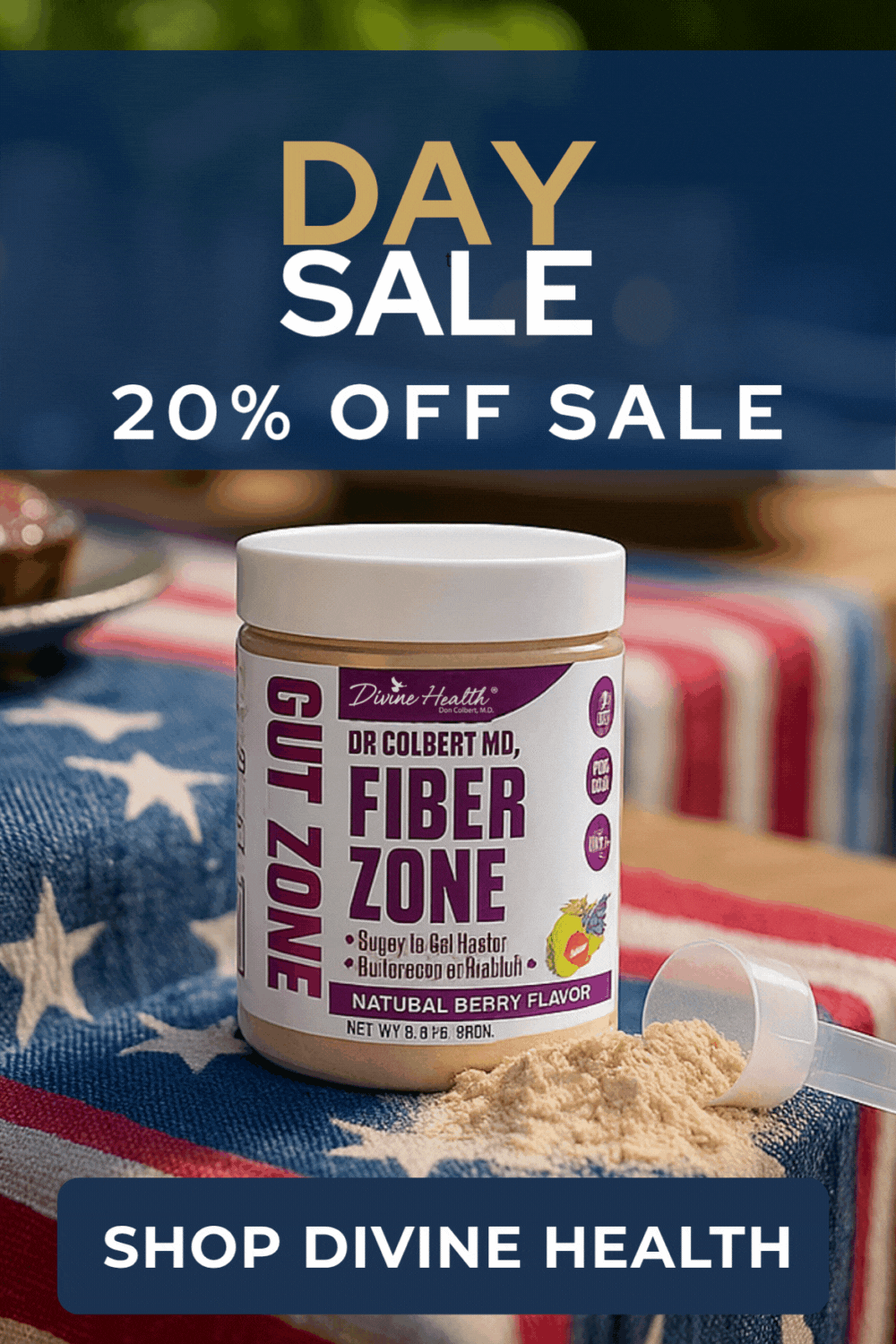For most of us, it’s warming up and it’s that time of year that we are becoming more active and spending more time outside.
This is great because being outside has a myriad of benefits for our health.
Sun exposure can help synthesize vitamin D, balance hormones, restore the circadian rhythm, and supercharge the mitochondria in our cells. Fresh air can help clear the lungs and oxygenate the blood. Contact with the earth’s magnetic field can relieve the body of electromagnetic stress by discharging built up static electricity. The smells of the forest can calm the nervous system and relieve stress.
Out of all these benefits, the most controversial by far is sun exposure. While we are well aware of the astounding benefits of sun exposure and related vitamin D synthesis, we are also being told to avoid the sun’s damaging rays due to the risk of skin cancer. At the same time, we know that vitamin D is crucial in combating cancer cells.
So what is the deal?
How can we safely interact with sun?
We have compiled a list of 3 tips to help you navigate this convoluted subject. Thankfully the truth is actually very simple, elegant, and easy to implement!
1. Moderate Sun Exposure
We all know that excessive sun exposure and sunburn can damage the skin, accelerate aging, and lead to inflammation. But safe moderate sun exposure is actually essential to our health.
While we know ultraviolet radiation can contribute to the formation of skin cancer in susceptible individuals, it is important to remember that the sun has a wide spectrum of light frequencies that change depending on time of year, time of day, latitude, and cloud cover. These spectrums can balance out the UV radiation at certain times in certain places.
As with most things, it is all about balance.
Many people have become overly-vigilant and apply high SPF sunscreen every time they go outside. This has led to a widespread epidemic of vitamin D deficiency.
Vitamin D is critical for optimal functioning of the body and although supplementation is an option, the vitamin D you supplement will not be fully utilized without some amount of sun exposure without sunscreen.
For most people 10-30 minutes outside in the sun during the morning or evening can be sufficient for vitamin D synthesis, especially if you are supplementing.
If you plan on spending long stretches of time outside, especially between the hours of 10am and 4pm, then it may be prudent to mitigate your exposure. You can wear clothing and hats to cover your skin or seek shade when you feel you have reached your limit.
As a last resort in situations where these measures are not practical, sunscreen is always an option. However, if you do choose to use sunscreen, beware of the toxic cancer-causing chemicals used by many brands.
2. Avoid Toxic Sunscreens
Unfortunately, many sunscreens contain toxic ingredients and endocrine disrupting chemicals. Many of these chemicals have actually been found in some studies to promote skin cancer growth and free radical production in the body.
This may be hard to believe, but in the years since sunscreen use began skin cancer rates have actually risen. A 2007 document from the FDA stated that: “The FDA is not aware of data demonstrating that sunscreen use alone helps prevent skin cancer,” and some reports show that sunscreens that contain vitamin A actually raise skin cancer risk!
Oxybenzone is another common chemical in many sunscreens. This chemical is a known hormone disruptor and is not recommended for use on children.
Other common hormone disrupting chemicals found in sunscreens that should be avoided are: avobenzone, octisalate, octocrylene, homosalate, and octinoxate.
The skin easily absorbs anything it comes into contact with. In fact, our digestive system is lined with a type of skin! Our outer skin functions similarly to our inner skin through absorption and assimilation. This is why supplements such as magnesium and testosterone can be applied “transdermally,” or “through the skin.”
When these harmful chemicals are slathered on the body the are easily absorbed into the bloodstream and eventually harm our health.
Alarmingly, when the Environmental Working Group tested over 1,400 sunscreens, only 5% met their safety standards and over 40% were listed as potentially contributing to skin cancer!
Fortunately, there are nutritional interventions that can help make the skin more resilient to sun exposure.
3. Eat Your Antioxidants!
One of the most powerful nutrients to combat potential damage from the sun is antioxidant polyphenols. Antioxidants, as a group, are compounds that help to squelch free-radicals and thus prevent oxidative damage to cells in the body.
Polyphenols are a subcategory of antioxidants. Sources of polyphenols include: Coffee, tea, berries, cocoa, olives, herbs, and spices.
Polyphenols are phytonutrients meaning they are found in plants and derived from the plant’s interaction with sunlight.
When plants are exposed to high levels of sunlight they produce polyphenols to protect themselves. When humans consume these polyphenols we derive similar protection.
This is why God naturally provides foods like berries in the environment during the warmer months when days are long and sun exposure is intense. It is also why polyphenol rich foods are often found in tropical climates.
By eating more polyphenols you provide your body with the antioxidants necessary to combat the oxidative damage caused by the sun.
A potent and convenient source of antioxidant polyphenols can be found in Dr. Colbert’s Organic Red Supremefood formula.
Don’t Be Afraid!
Excessive sun exposure and associated damage to the body is certainly something to be concerned about. But a healthy body can easily handle moderate amounts of healthy sun exposure and it is in fact necessary for good health!
So be vigilant to avoid sun burn but do not be afraid of the sun! It provides life giving energy and nutrients and nothing on this planet would exist without it.
As long as you maintain a healthy lifestyle, drink plenty of clean filtered or spring water, and follow the tips in this article, you will be able to safely enjoy the sun without risk of adverse side effects.
References
1. https://wellnessmama.com/2558/homemade-sunscreen/
2. https://wellnessmama.com/55366/sunscreen-is-harmful/
3. http://articles.mercola.com/sites/articles/archive/2015/12/14/polyphenols-benefits.aspx
















I appreciate & throughly enjoy your books & informative email articles.
Your Red & Greenfoods are wonderful, I would order them monthly & take them everyday if I could afford it but being on social security can’t do at this time. Maybe you could consider offering a GOOD discount if a person would get on automatic ordering OR offer a GOOD discount for seniors OR both!!! (Lol) Anyway, they are wonderful in EVERY WAY, they taste oh, so good & gives LOTS of energy. & Well worth the price, I’m not saying that at all, I’m just acknowledging that I can’t do at this time.
Thank you very much for the informative emails & books as well as the Red & Greenfoods.
You also have a very anointed wife. I throughly enjoyed her prayers for President Trump before election & since. I haven’t missed a one!!! Both of you keep up the Great work you are doing.
Sincerely,
Shelia